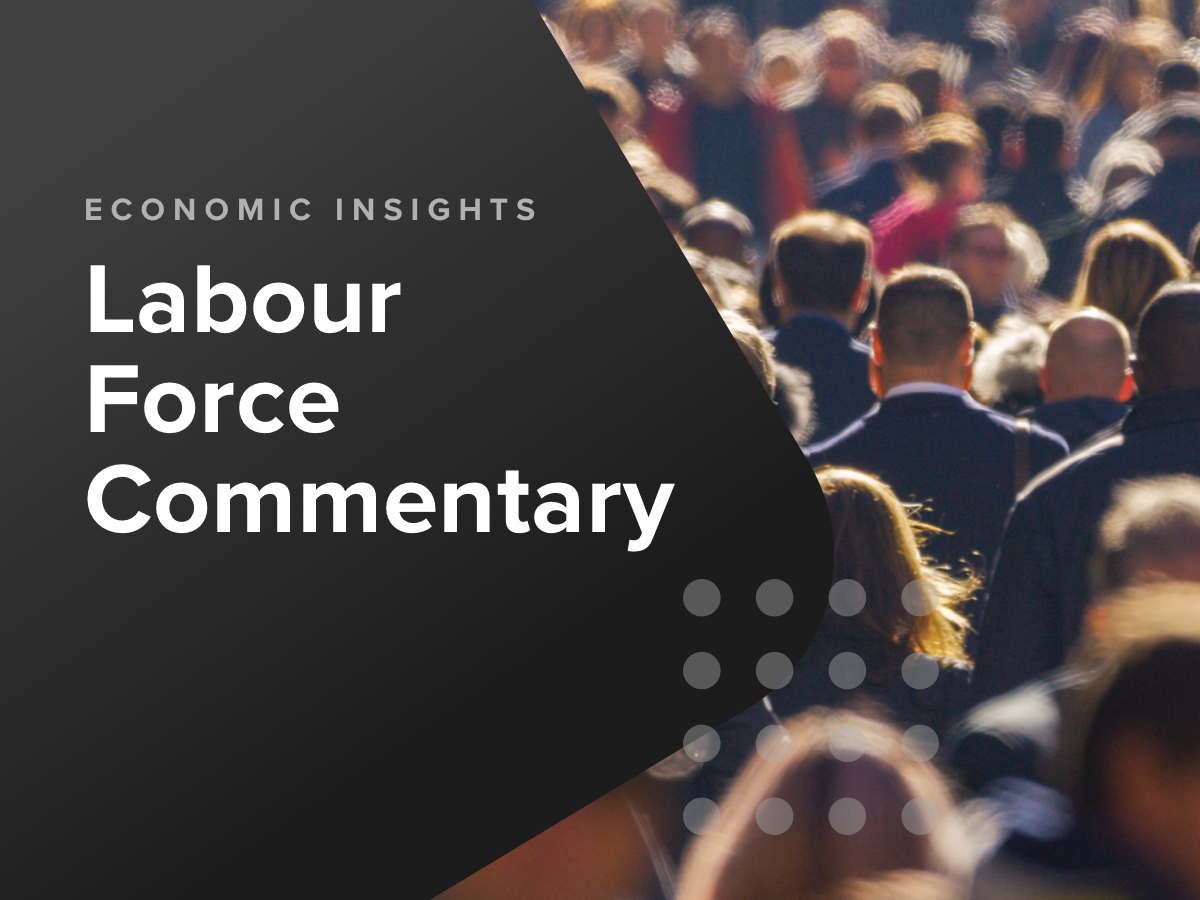In summary:
Trade war volatility with temporary relief: After April’s turmoil caused by new US-China tariffs, May saw a temporary de-escalation with pauses and exemptions. However, uncertainty remains, with a critical deadline looming on July 9 for tariff reinstatements and a potential 50% US tariff on EU goods if no deal is struck.
Australian economy bracing for slower growth: While Australia was heading for a soft economic landing, US trade policies are expected to slow global growth, impacting local exporters. Still, low unemployment (4.1%) and RBA rate cuts are cushioning the blow for consumers and businesses.
B2B credit risk elevated but stable: CreditorWatch’s B2B invoice defaults remain elevated but steady, particularly in construction and hospitality. Ongoing monitoring is vital to spot any shifts as businesses adapt to the evolving global economic climate.
In detail:
Where April was all about the imposition of – and financial market reactions to – President Trump’s higher than expected reciprocal tariffs and the subsequent escalating US-China trade war, May was the complete reverse, with financial markets figuratively cheering the temporary pauses and exemptions provided to reciprocal tariffs and the significant de-escalation of US-China bilateral tariffs.
At least for 90 days! July the 9th is now the next focus date, which is when many of the bilateral tariffs are due to be reinstated, and by which date the EU and the US will need to have sorted out a trade deal, otherwise a 50% US tariff is threatened to be imposed on European goods.
Markets are increasingly assuming that Trump’s negotiating strategy of first announcing very high rates of tariffs and then backing off, will continue, creating volatility upon announcement, but then retracement. To me, the key is still to try and work out the end point of the tariff ‘game’. The assumption I’m working with is that the world ends up with 10% tariffs on most countries and somewhat higher tariff rates on perceived trade ‘transgressors’ and selected products such as steel, autos and pharmaceuticals.
Tariffs are a tax on US consumers (and other countries’ consumers too, to the extent their governments retaliate). Taxes are contractionary, acting to slow growth. Tariffs act like a sales tax and also raise consumer prices. And when you’re as big as the US economy, this economic self-harm tends to inflict harm on other economies too.
The Australian – and global economies – were progressing well towards rare, soft landings. Inflation was moderating, allowing central banks to cut interest rates, supporting economic growth and in turn, ongoing low unemployment – positive for both businesses and consumers. Mr Trump’s tariff policies suggest the landing will be somewhat bumpier, but if mostly 10% tariff rates are the outcome, a US recession should be avoided.
On the plus side, the President is also managing to extract some freer trade commitments and interest rates are likely to ultimately end up lower in this environment. US interest rate reductions however will be delayed as the Federal Reserve first seeks reassurance that US inflation pressures remain constrained to a one-off tariff related increase and do not flow into generalised higher inflation.
This backdrop for Australian businesses is obviously less than helpful, especially for any business manufacturing in Australia or Asia and exporting to the US. At the same time, there are opportunities to develop new export markets in Asia – and especially China – given higher rates of US tariffs in place and likely.
As the Australian economy and businesses confront this uncertain and likely somewhat slower growth outlook, one piece of good news is that unemployment remains very low, with the unemployment rate unchanged at 4.1% in April. Low unemployment helps underpin consumer spending and debt repayment, which prevents a more significant credit cycle. At the same time, the RBA’s second interest rate cut – enacted in mid-May after further progress was revealed in reducing inflation – should also help ease some pressure on businesses and consumers alike in the months ahead, with the likelihood of another couple of interest rate cuts before the end of the year.
CreditorWatch is still expecting pressures on consumers and businesses to remain elevated in the coming six months as slower global growth, slower population growth and the still high cost of living and cost of doing business remain. It’s important to remember that just because inflation has moderated, it unfortunately doesn’t mean prices have fallen!
The trend for CreditorWatch’s proprietary B2B invoice defaults series – and for insolvency data released by ASIC – have continued to track sideways at elevated levels, in recent months. There has also been some levelling out in trends for insolvencies in construction and hospitality, two of the most challenged sectors over the past 12 to 18 months. Continuing to monitor the trend in B2B invoice defaults will be important to detect any noticeable shifts in credit trends in the months ahead as businesses and the economy adjust to President Trump’s new world.
Subscribe for free here to receive the monthly Business Risk Index results in your inbox on the morning of release. No spam.

Get started with CreditorWatch today
Take your credit management to the next level with a 14-day free trial.

